Hiring the right employee is critical—a poor hire can cost 16-213% of their salary in lost productivity and turnover. To avoid costly mistakes, follow this 7-step hiring framework:
1. Build a Hiring Pipeline
- Don’t wait until a position opens—network continuously (job fairs, recruiters, internal training).
- “Hiring should be an ongoing practice, not a reactive event.” – Dave Younge, Flex-Ability Concepts
2. Define Core Hiring Principles
A. Company-Wide Qualifications
- Look beyond job skills—identify traits of your top performers (e.g., adaptability, humility).
- Example: Google prioritizes learning ability over expertise.
B. Cultural Fit (Not Personal Fit)
- Align with company values (e.g., transparency, customer focus).
- Avoid bias—hire for temperament, not hobbies.
C. Role-Specific Skills
- Consult teams to pinpoint must-have vs. trainable skills.
3. Craft a Strategic Job Description
- Balance clarity (essential skills) with flexibility (avoid overly narrow requirements).
- Reflect your company culture in the language.
- Tip: Pair the description with a 90-day success plan for accountability.
4. Source Candidates Effectively
- Post on niche job boards (e.g., industry-specific sites).
- Leverage employee referrals (offer incentives).
- Consider contractors for short-term or specialized needs.
5. Screen & Interview Strategically
- Resume red flags: Typos, inconsistencies.
- Phone screen: Assess communication skills.
- In-person interviews: Involve future teammates to gauge fit.
- Rule: If the candidate only asks, “What can the company do for me?”—move on.
6. Check References Thoroughly
- Ask references: “Would you rehire this person?”
- Verify employment history and key claims.
7. Onboard for Long-Term Success
- Structured onboarding boosts retention by 69% (SHRM).
- Provide mentorship, clear goals, and regular check-ins.
Key Takeaways
- Hire slow, fire fast—rushing leads to regrets.
- Invest in culture fit to reduce turnover.
- Plan ahead with a talent pipeline to avoid desperation hires.
“When in doubt, take action—delaying a needed hire costs more than a misstep.” – TAB Board 501
Next Step: Audit your hiring process today—where are the gaps?
